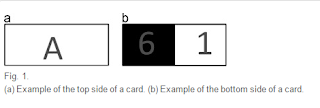The Return Trip Effect: Why the Return Trip Often Seems Shorter

This article needs no motivation. The Return Trip Effect, which is the perception that the return trip seems shorter than the initial trip, even though the distance traveled and time spent traveling are identical, is observed by almost everyone I know. I couldn't explain how this was possible until I recently came across a paper by Van de ven, Van Rijswijk, and Roy (2011), that we shall call VVR henceforth. The first possible reason for the return trip effect could be that the initial trip deals with an unfamiliar and unpredictable route, whereas the return trip is relatively more familiar and predictable. Research has shown that unfamiliar or unpredictable tasks are often remembered to be longer than familiar or predictable ones. The second reason is motivated by research that suggests that people often underestimate the time required for tasks. If this is the case, then people are likely to underestimate the time of their initial tri...




